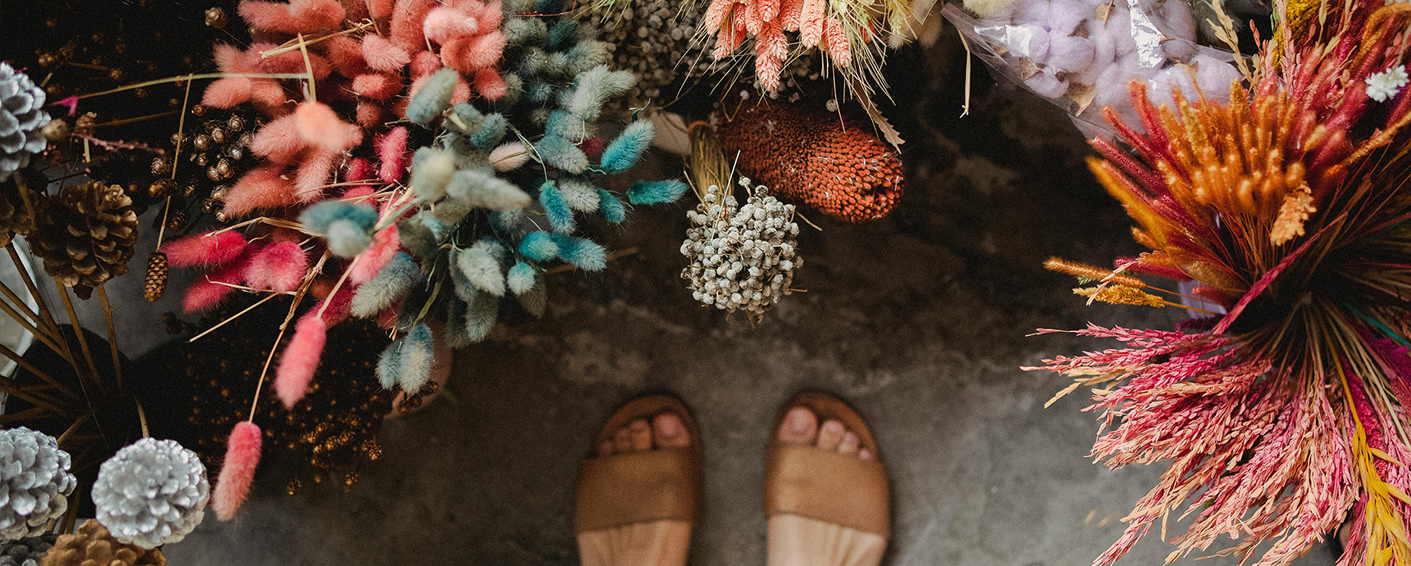Floral Design Around the World: Exploring Cultural Influences and Traditions
Sponsored Listings


Flowers have been a universal language of beauty and expression for centuries, but the way they are incorporated into design varies greatly across different cultures and regions. In this blog, we embark on a virtual tour of floral design practices around the world, delving into the rich tapestry of traditions, symbolism, and techniques that shape each unique style. From the intricate arrangements of Japan to the vibrant displays of Latin America, let’s explore the diverse cultural influences that infuse floral design with meaning and beauty.
Japan: Ikebana – The Art of Harmony and Balance In Japan, floral design transcends mere decoration and becomes a deeply philosophical practice known as Ikebana. Ikebana, which translates to “living flowers,” emphasizes simplicity, balance, and harmony. Each arrangement is carefully composed to reflect the beauty of nature and evoke a sense of serenity. With its minimalist aesthetic and emphasis on negative space, Ikebana embodies the Japanese principles of wabi-sabi, celebrating imperfection and transience.
China: Symbolism and Tradition in Chinese Floral Design In Chinese culture, flowers are imbued with symbolic meaning and play a significant role in both celebrations and everyday life. Traditional Chinese floral design often incorporates auspicious flowers such as peonies, which symbolize wealth and prosperity, and lotus flowers, which represent purity and enlightenment. Arrangements are meticulously crafted to convey specific messages and wishes, whether it’s good fortune for a new year or happiness for a wedding.
India: Extravagance and Opulence in Indian Floral Design In India, floral design is characterized by its opulence and extravagance, reflecting the vibrant colors and rich cultural heritage of the country. From elaborate garlands adorning temples to lavish floral displays at weddings and festivals, flowers hold a central place in Indian rituals and celebrations. Marigolds, jasmine, and roses are among the most commonly used flowers, their bright hues symbolizing joy, purity, and prosperity.
Europe: Elegance and Sophistication in European Floral Design In Europe, floral design is synonymous with elegance and sophistication, with each region boasting its own distinctive style. From the lush, romantic arrangements of France to the structured, symmetrical designs of the Netherlands, European floral traditions are as diverse as the continent itself. Flowers are often chosen for their beauty and fragrance, with roses, tulips, and lilies being perennial favorites for weddings, events, and everyday decor.
Latin America: Celebration and Color in Latin American Floral Design In Latin America, floral design is a vibrant expression of culture and identity, characterized by its bold colors and festive spirit. From the elaborate altars of Mexico’s Dia de los Muertos to the exuberant displays of Brazil’s Carnival, flowers play a central role in Latin American traditions and celebrations. Tropical blooms such as orchids, hibiscus, and bougainvillea are used to create stunning arrangements that capture the energy and vitality of the region.
Floral design is a universal art form that reflects the unique cultural identity and traditions of each region. Whether it’s the minimalist elegance of Japanese Ikebana or the vibrant exuberance of Latin American celebrations, flowers have the power to evoke emotions, tell stories, and bring beauty into our lives. By exploring the diverse styles, techniques, and symbolism of floral design around the world, we gain a deeper appreciation for the rich tapestry of human creativity and expression.

 Wedding Floral Trends
Wedding Floral Trends